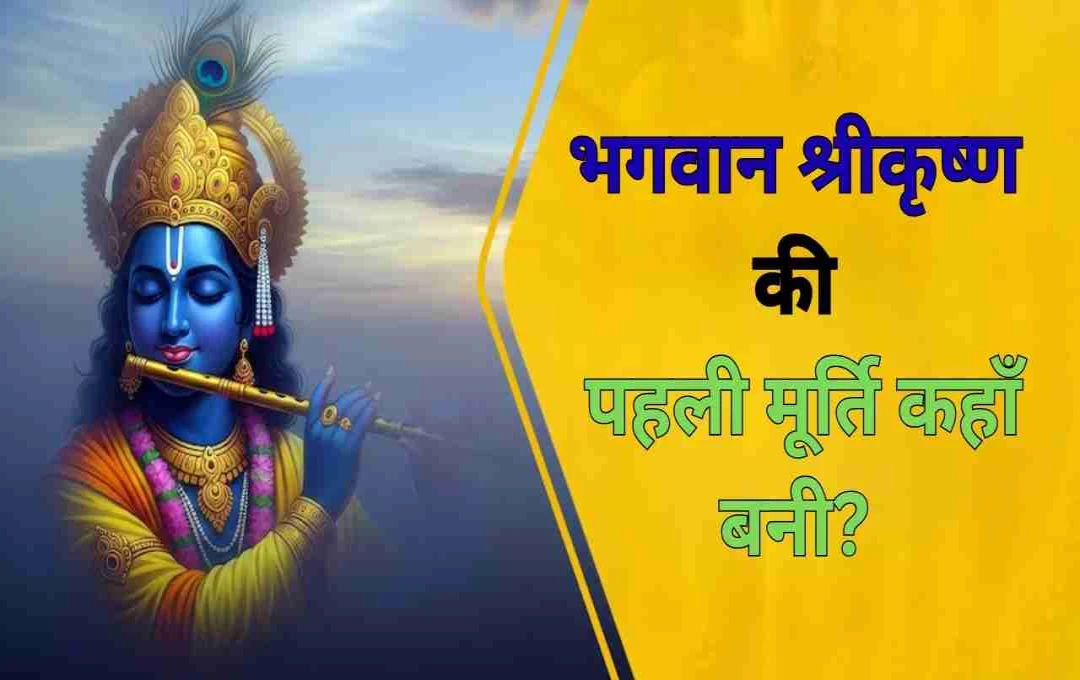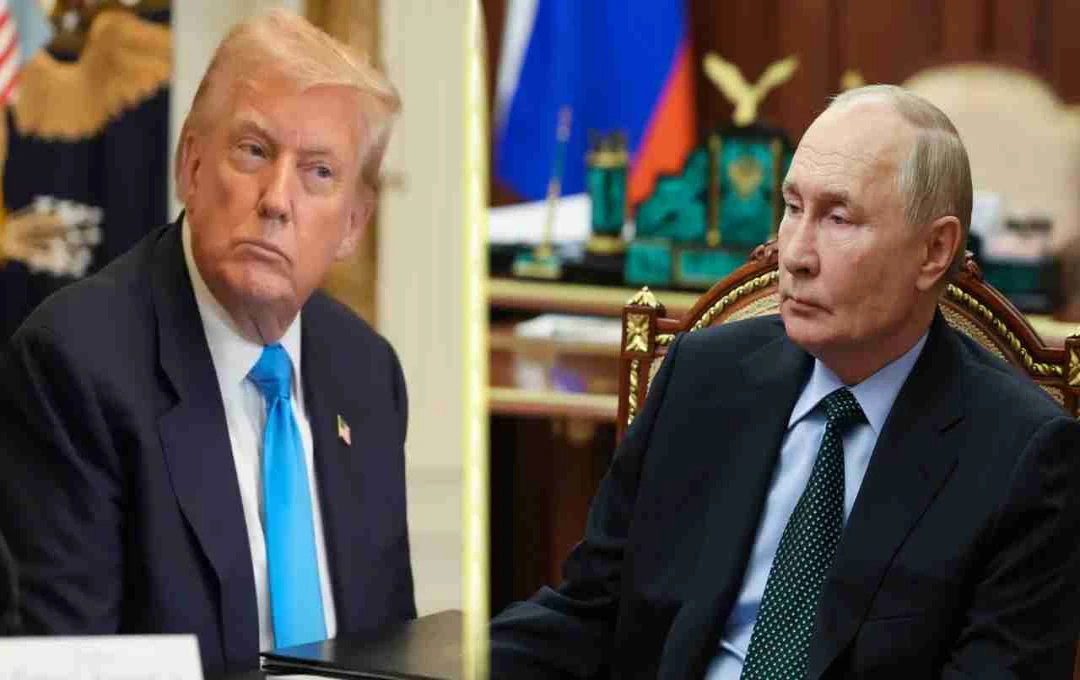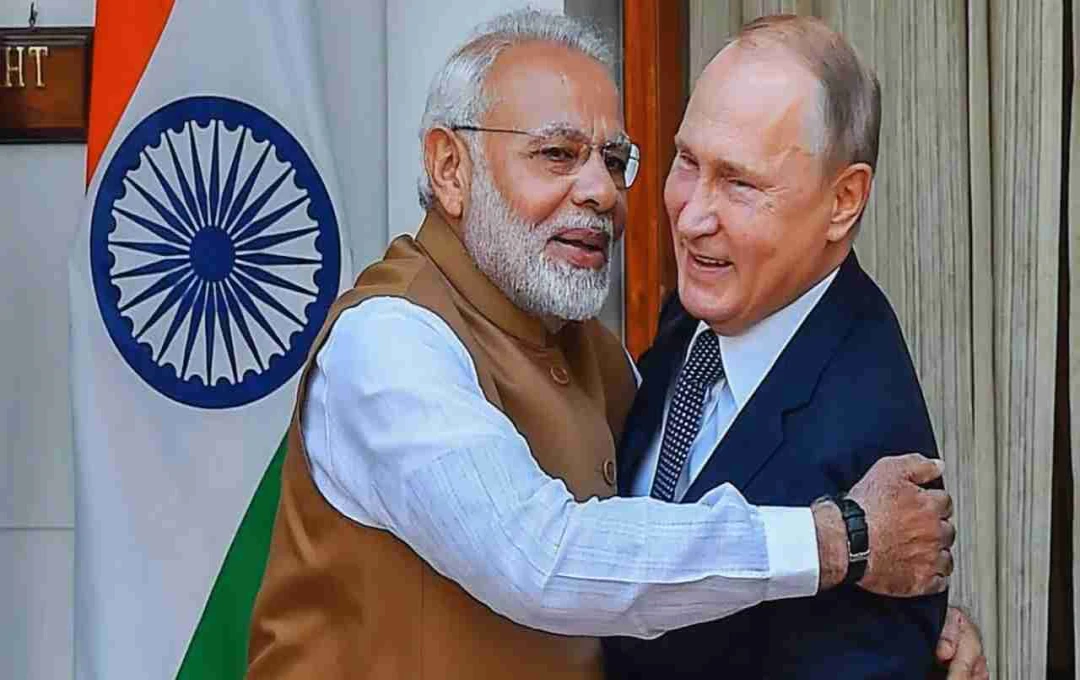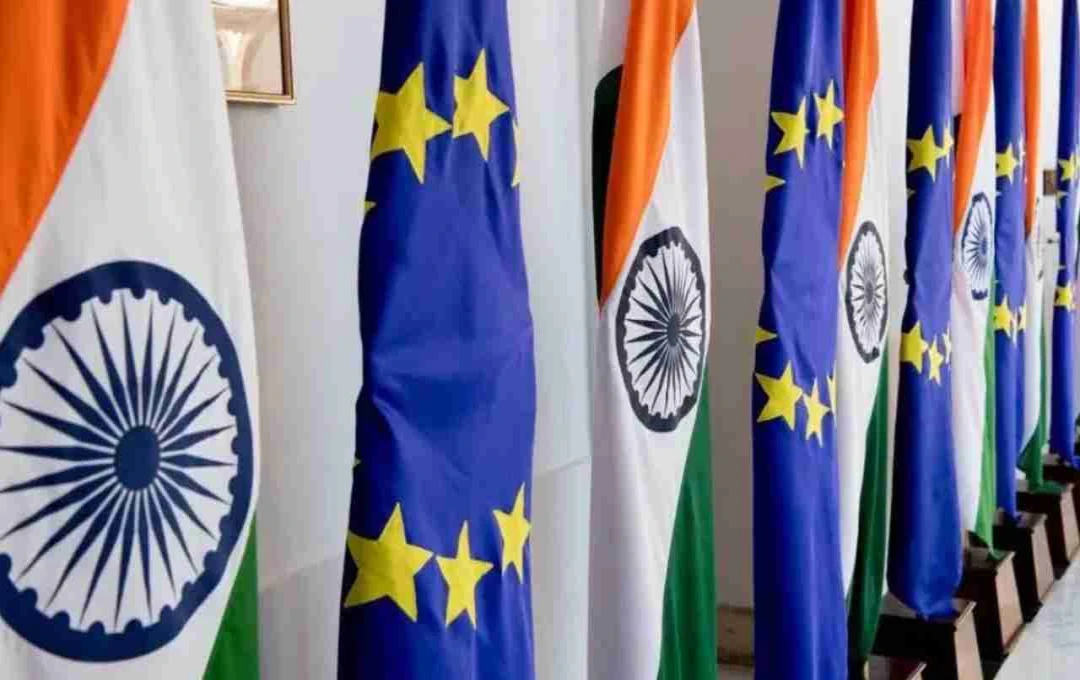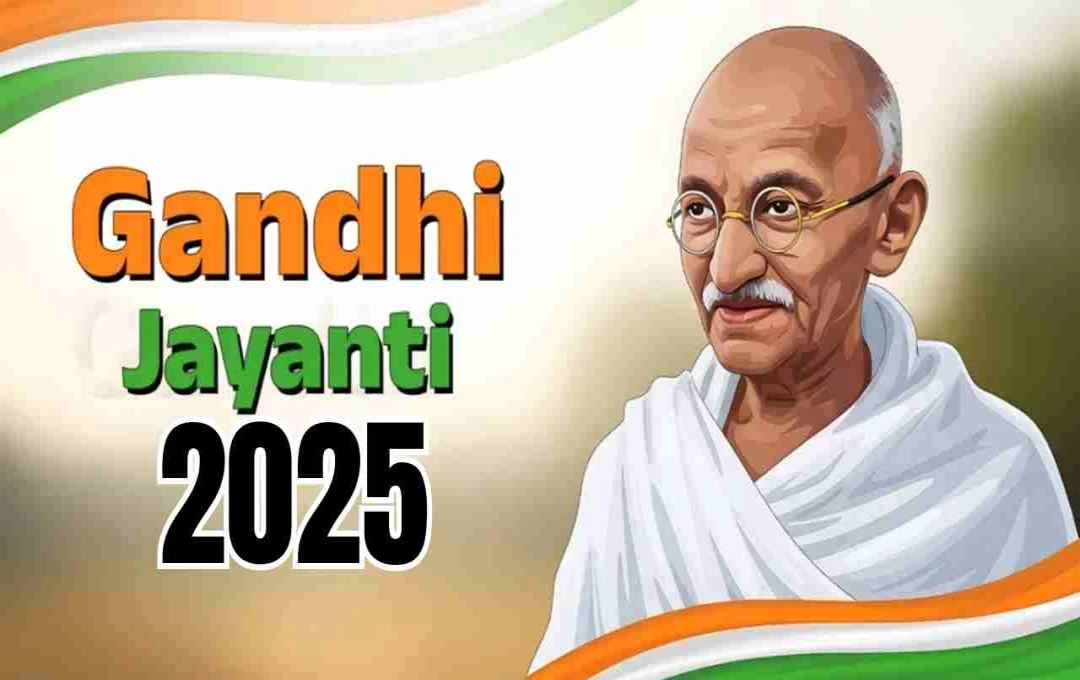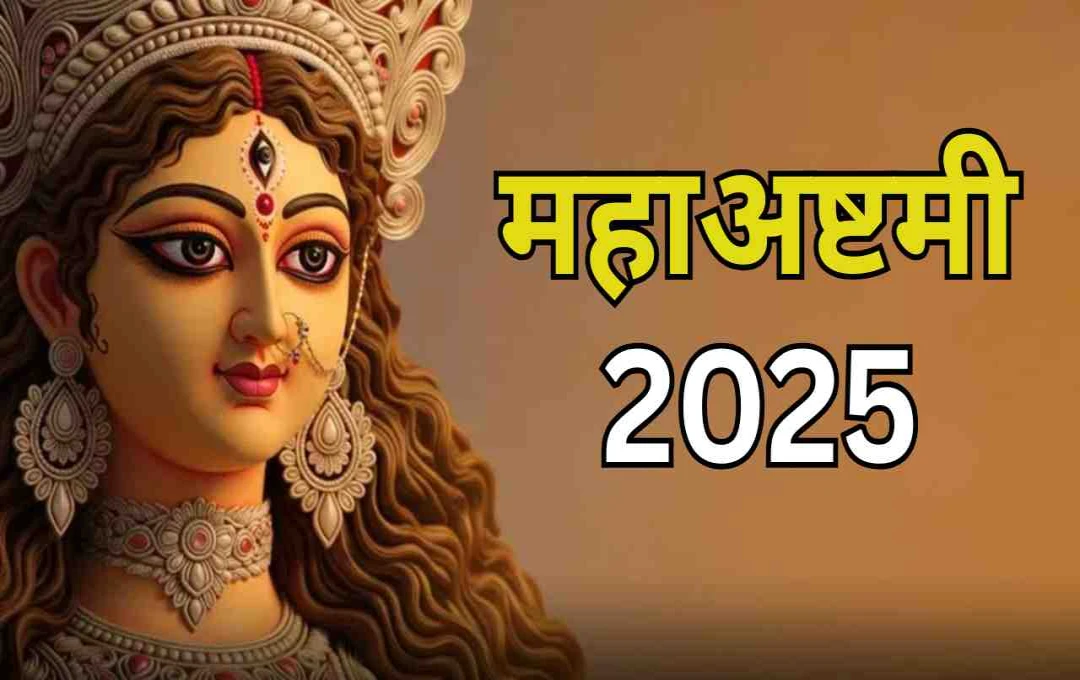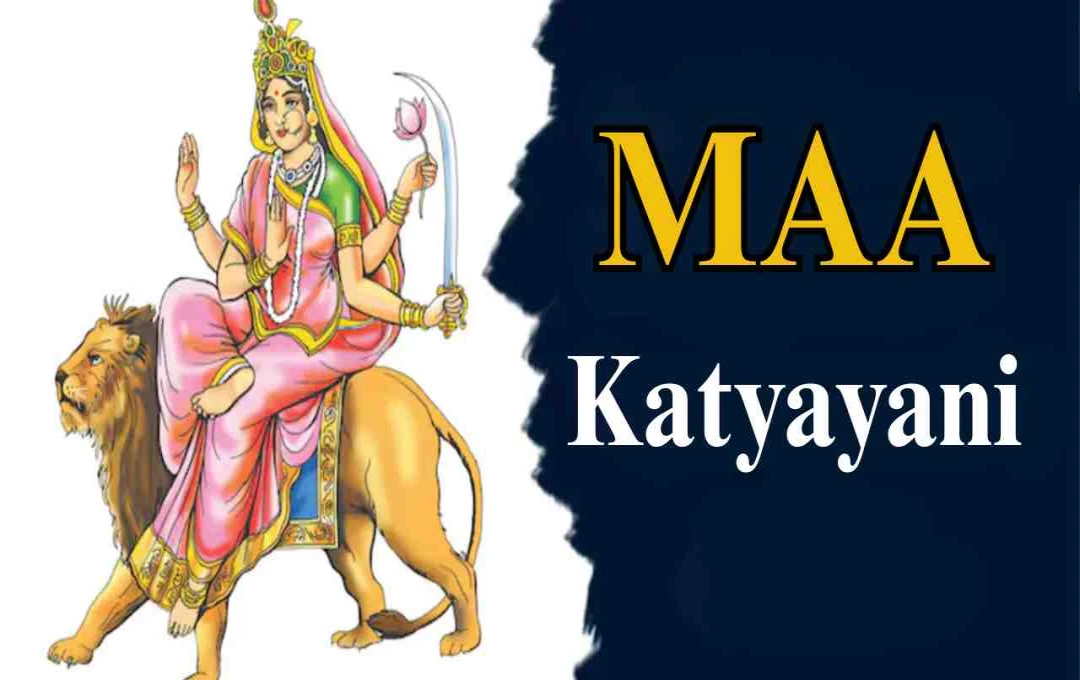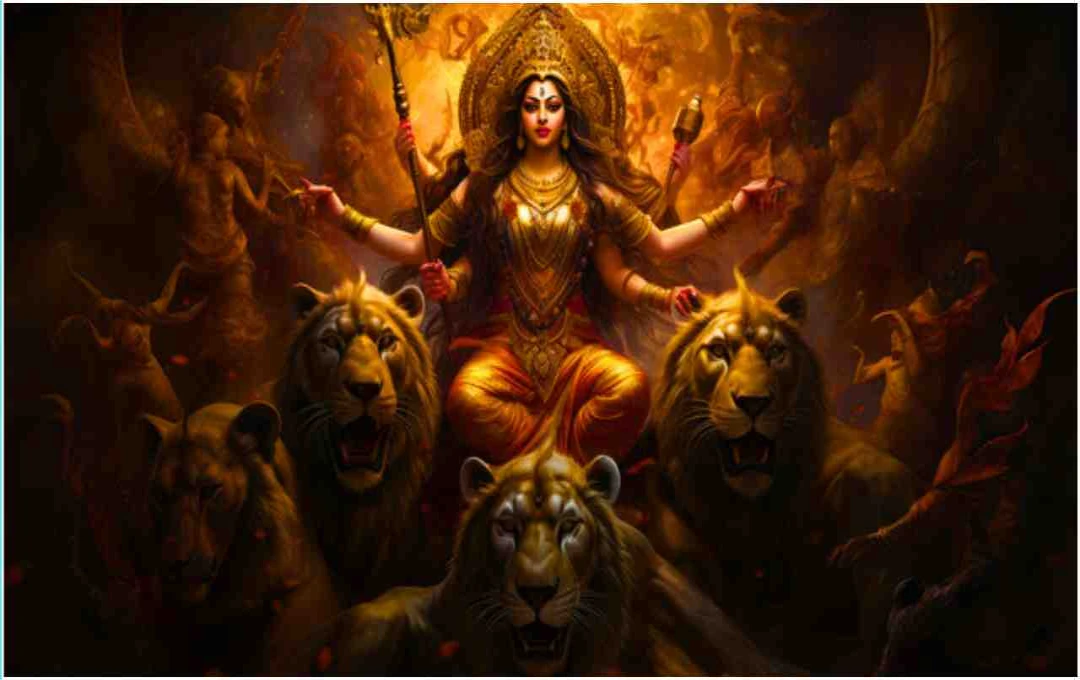It is believed that the first written description of Lord Krishna's form was made by Uttara, the wife of Abhimanyu. Based on this description, Vajranabha, Krishna's great-grandson, had his idols made. Shrinathji of Nathdwara, Madanmohanji of Karauli, and Govinddevji of Vrindavan are considered the most authentic representations of Krishna.
According to traditions associated with the Mahabharata period, Uttara, the wife of Arjuna's son Abhimanyu, first wrote a detailed description of Lord Krishna's form. Using her description as a basis, Krishna's great-grandson Vajranabha had the first idols of Krishna made. It is said that several artists were assisted in sculpting these idols. The idols of Shrinathji (Nathdwara), Madanmohanji (Karauli), and Govinddevji (Vrindavan) made by Vajranabha are still worshiped today as the most authentic forms of Krishna.
Uttara Made the First Description of the Form
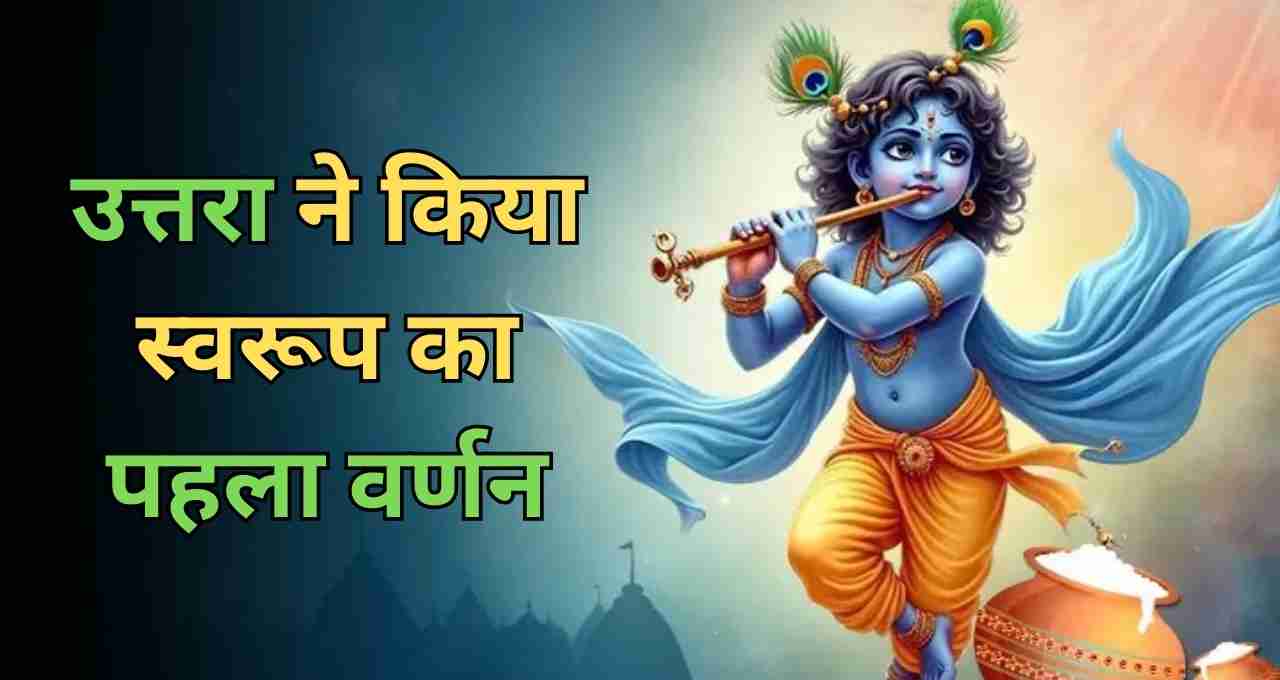
An incident occurs in the events after the Mahabharata war, when Uttara, the wife of Abhimanyu and daughter-in-law of Arjuna, described the form of Lord Krishna. Uttara herself was a great devotee of Krishna. When Ashwatthama tried to destroy the child growing in her womb by launching the Brahmastra, Lord Krishna intervened and protected her offspring. It was after this incident that Uttara put the form of her beloved Krishna in written form.
Her written description extensively mentions the image of Krishna's eyes, the structure of his nose, the aura of his face, and his captivating smile. It is believed that this was the first time someone described Krishna's form in such depth.
Vajranabha Made the First Depiction
It is said that based on Uttara's written description, Lord Krishna's great-grandson Vajranabha had his first depiction made. Vajranabha himself was considered a patron of art and culture. With the help of the words written by Uttara, he tried to bring Krishna's form to life.
It is believed that molding Krishna's beauty into stone and idols was not an easy task. That is why Vajranabha took the help of many skilled artists. The first idols of Krishna were created through this collective effort.
Three Major Idols Became the Basis
According to history and belief, Vajranabha had three major idols of Lord Krishna made. These are considered the most authentic and ancient idols of Krishna.
- Shrinathji, Nathdwara Rajasthan: This idol is considered to be the childhood form of Lord Krishna. The Shrinathji Temple of Nathdwara is still the center of faith for millions of devotees.
- Madanmohanji, Karauli Rajasthan: In this idol, Krishna is shown in his youth. This form further highlights his divine image.
- Govinddevji, Vrindavan Uttar Pradesh: This idol gives a vision of Lord Krishna in his adolescent form. In this temple of Vrindavan, devotees still experience his living darshan.
Why This Story Is Special
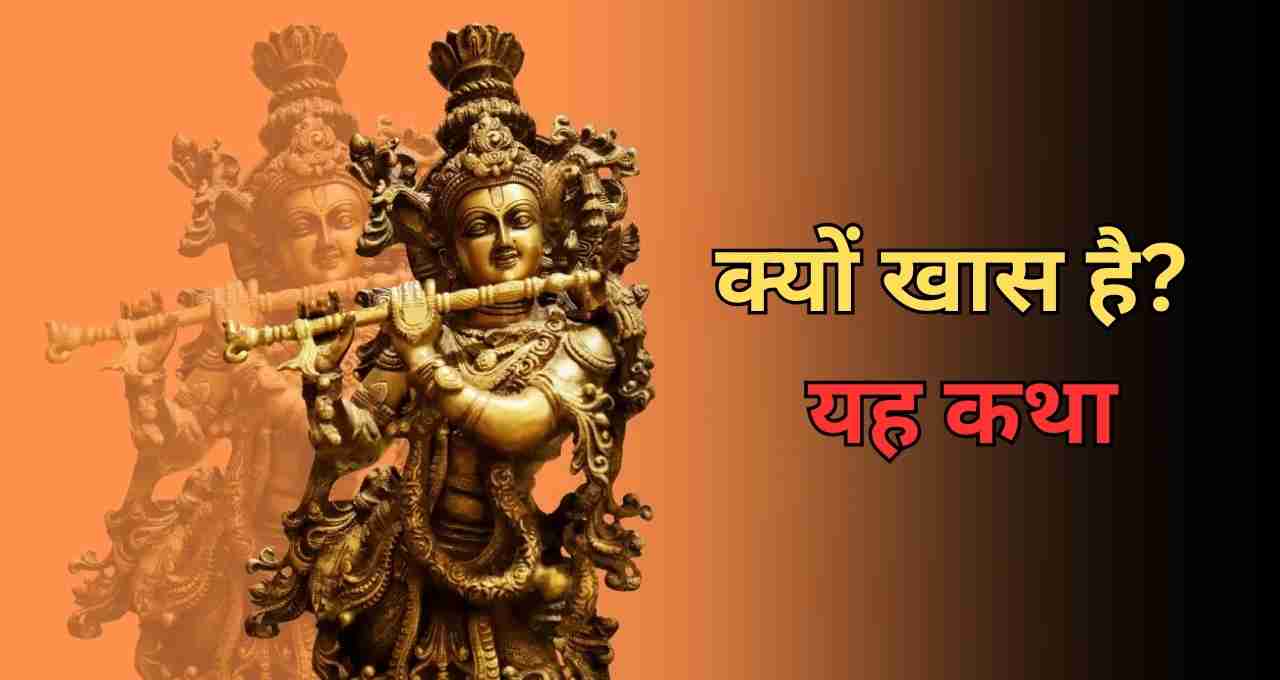
Diverse interpretations are found in different places regarding the form of Lord Krishna. But this story related to Uttara and Vajranabha is special because it is directly connected to the Mahabharata period. Uttara described the image of Krishna with devotion, while Vajranabha presented it to the world by giving it a concrete form.
Confluence of Art and Devotion
This episode is also proof that the confluence of art and devotion has been a part of our culture since ancient times. Uttara's devotion gave her the power to put Krishna's form into words, and Vajranabha's art gave that form a concrete shape. That is why the basis of the idols and pictures through which we see Shri Krishna today is believed to be connected to these two.
